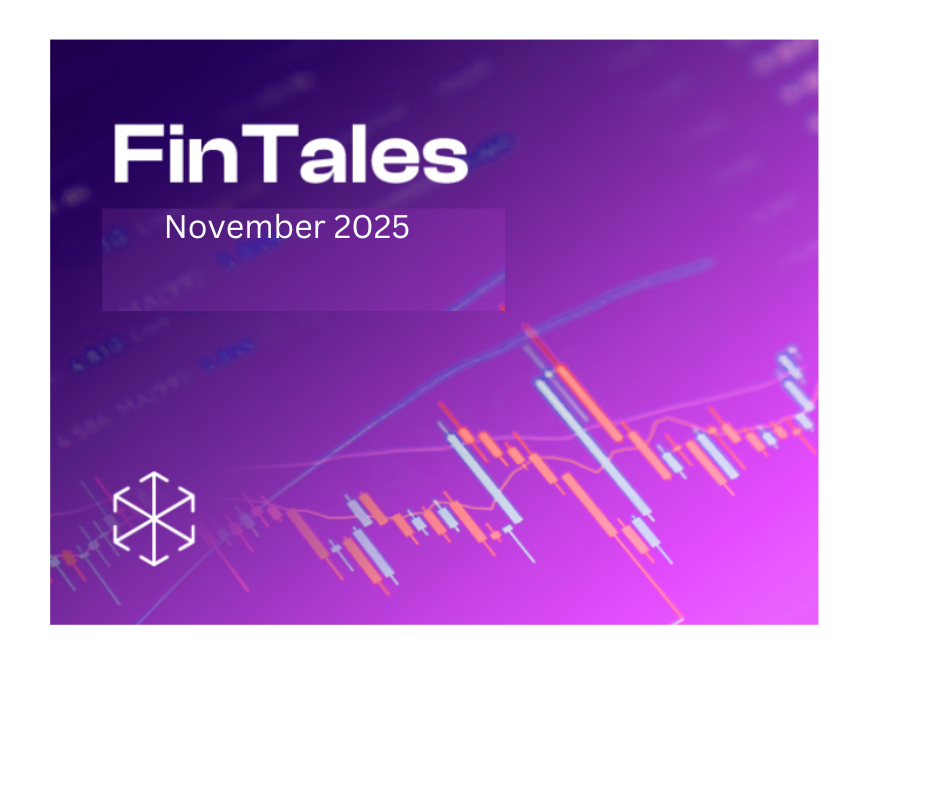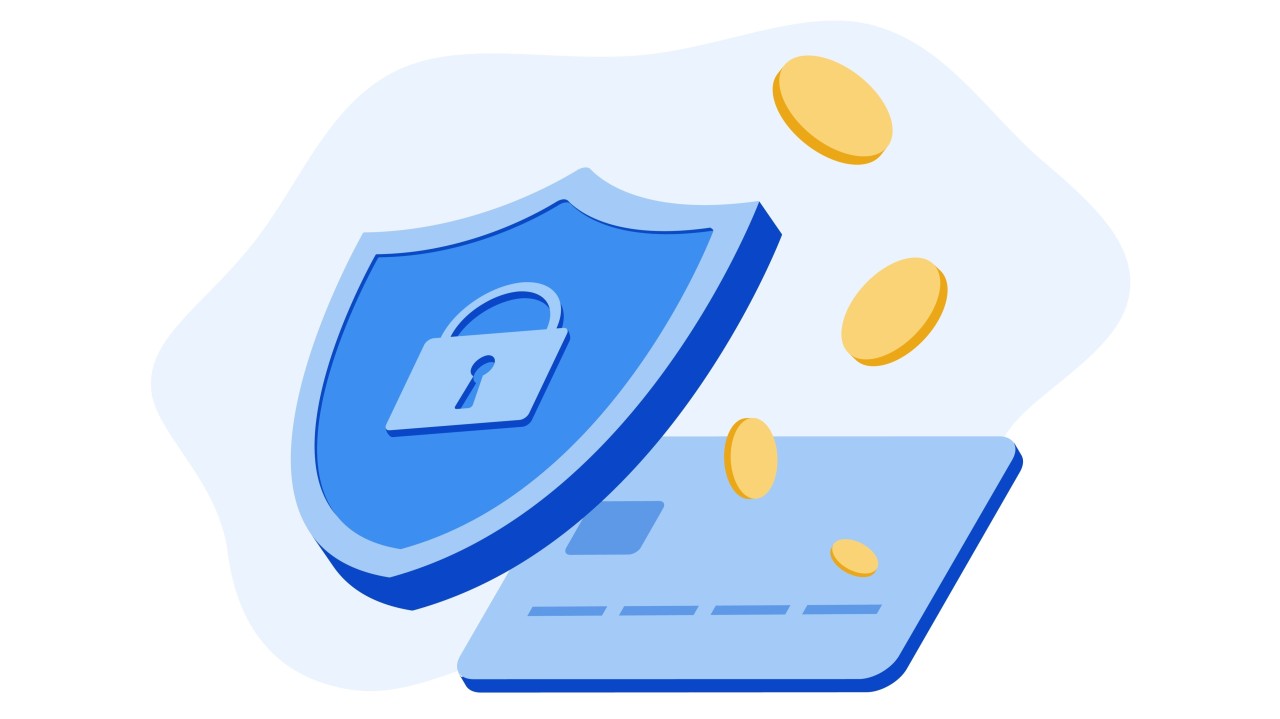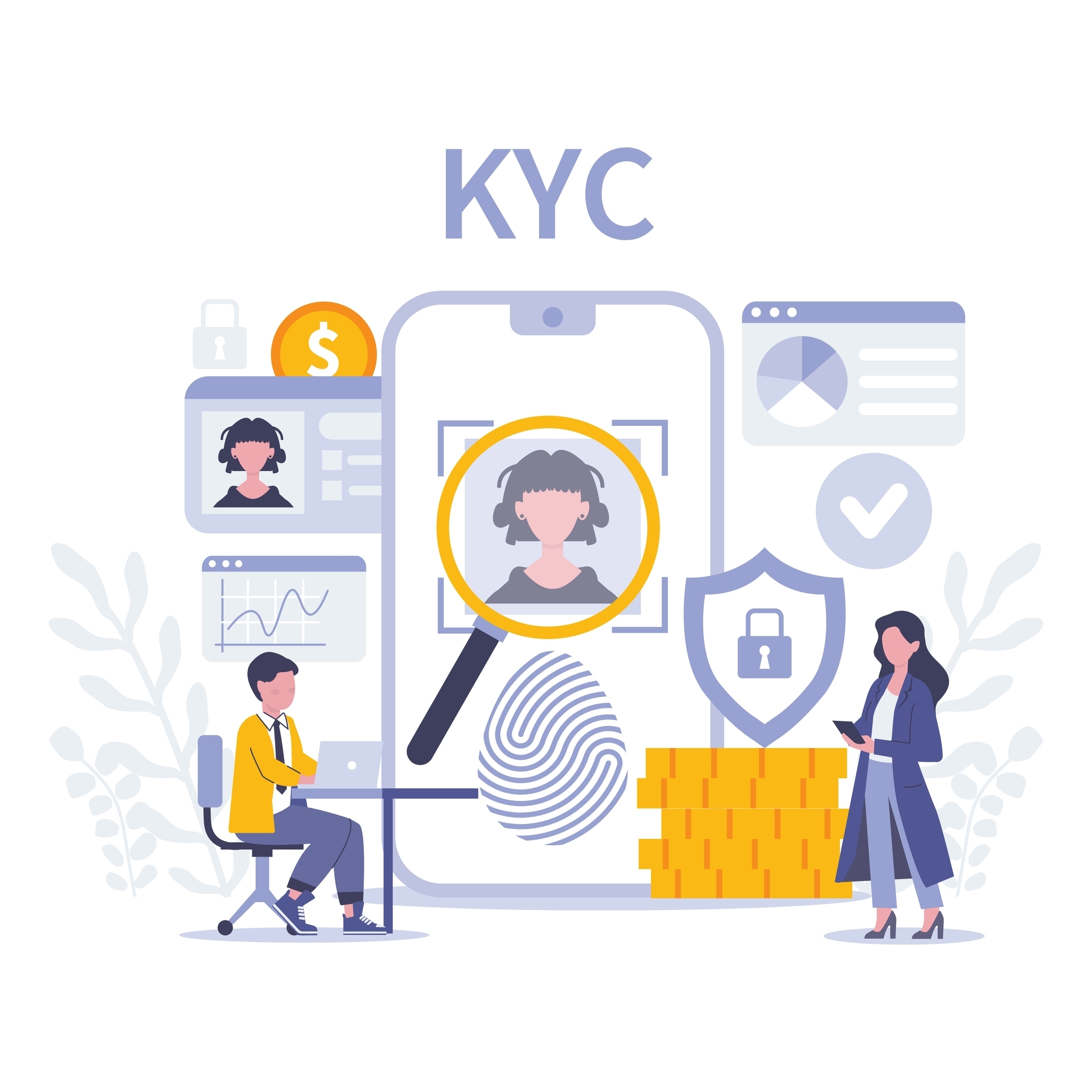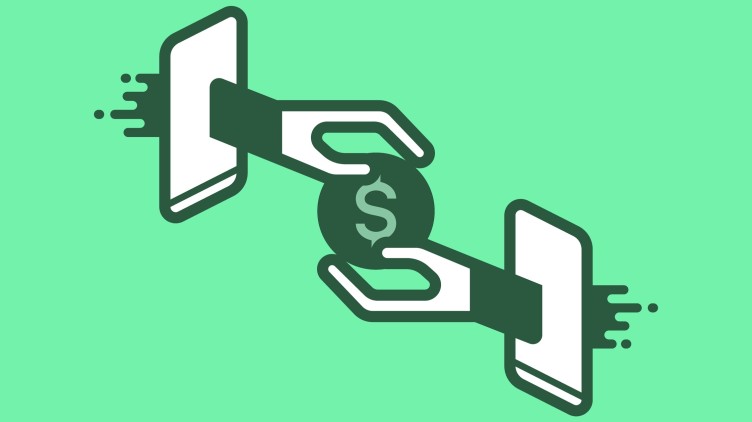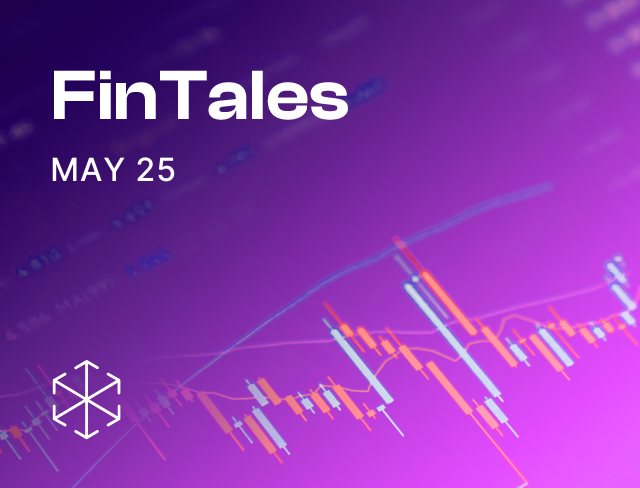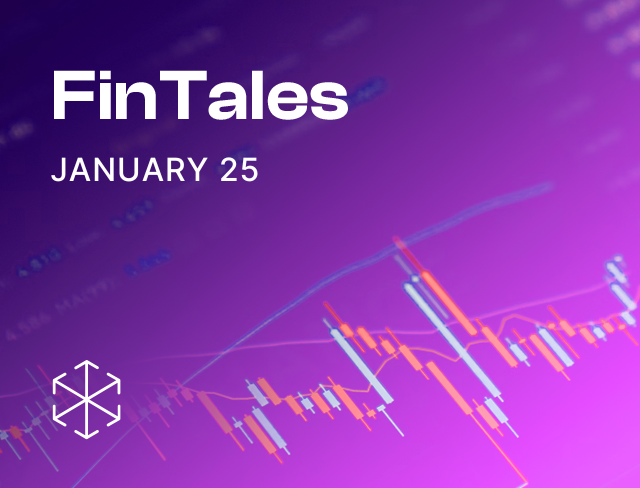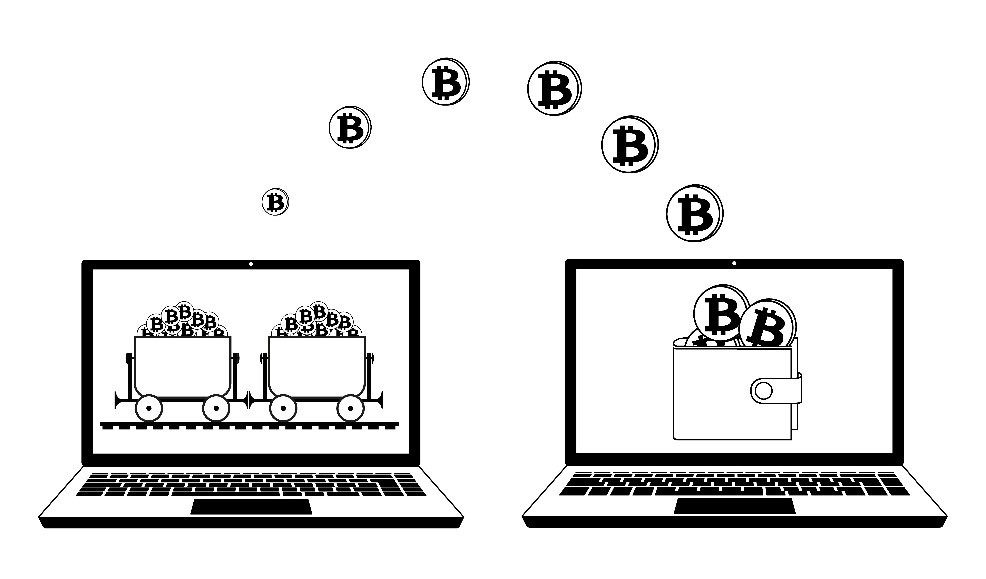NPCI recently recommended interchange fees of up to 1.1% on UPI transactions through prepaid payment instruments (PPIs). The fees are applicable on transactions above INR 2000 from 1 April 2023. PPIs include e-wallets and pre-loaded cards. Some examples of e-wallets that must be interoperable via UPI are Paytm and MobiKwik wallets.
Many took the NPCI’s recommendation to mean that UPI transactions were no longer free. This understanding was partly right, but mostly wrong. First, customers will not pay to use UPI – merchants will. Second, the fee is only paid (by the merchant) when a customer uses UPI to pay through her e-wallet (like a Paytm or MobiKwik wallet). If the source of funds is the user’s bank account, no one pays any fee.
To avoid misinformation, PIB debunked misleading news reports, Vijay Shekhar Sharma tweeted how everyone had misunderstood the notification, NPCI published a press release, and Dilip Asbe (NPCI’s MD & CEO) clarified the notification on live TV.
So, what really happened? Here is what we know:
- What is interchange fee? Interchange is the fee that a merchant’s bank (the acquiring bank) pays to the customer’s bank (the issuing bank). Interchange fee is often recovered by the merchant’s bank from the merchant by levying a fee called Merchant Discount Rate (MDR).
- Is there any interchange fee on UPI transactions? Yes, but only if the UPI payment is done through PPI and above INR 2000. According to NPCI,
99.9%UPI transactions are not done through PPIs. So, this move will only affect a tiny fraction of UPI transactions. - Will all PPI transactions be charged? No. The fee is not applicable on peer-to-peer (sending money to another person) and peer-to-peer-merchant (sending money to small merchants) transactions. NPCI
classifiesmerchants who have expected monthly inward UPI transactions of less than INR 50,000 as peer merchants or small merchants. - How much is the fee? The interchange fee ranges from 0.5% to 1.1% of the total transaction amount depending on the merchant category. For example, fuel pumps will attract 0.5% fees and supermarkets will attract 0.9% fees.
- Will loading PPIs via UPI attract any fees? Yes. But not for the customer. The PPI issuer will pay 15 basis points as a wallet-loading service charge to the customer’s bank for transactions above INR 2,000.
- Will customers pay this fee? No. Dilip Asbe clarified that the interchange fee will be recovered from merchants, not from customers. Vijay Shekhar Sharma also said that merchants who don’t wish to bear the cost may choose to not accept UPI payments made through PPIs.
- Who will benefit? Banks and PPI issuers will benefit because the interchange fee will be a much-needed revenue source. Large merchants who have high order values will incur additional costs. But for large merchants, the additional cost may be worth a better customer experience.
NPCI’s recommendation is reportedly subject to RBI’s approval. NPCI will also review the interchange pricing by 30 September 2023. We hope this experiment succeeds because otherwise, there will be UPI payments everywhere, but not a rupee to earn for payment service providers.
(This article has been authored by the fintech team at Ikigai Law. It originally appeared in the March edition of FinTales, our monthly fintech newsletter.)
Image credits: Pixabay
For more on the topic please reach out to us at contact@ikigailaw.com


